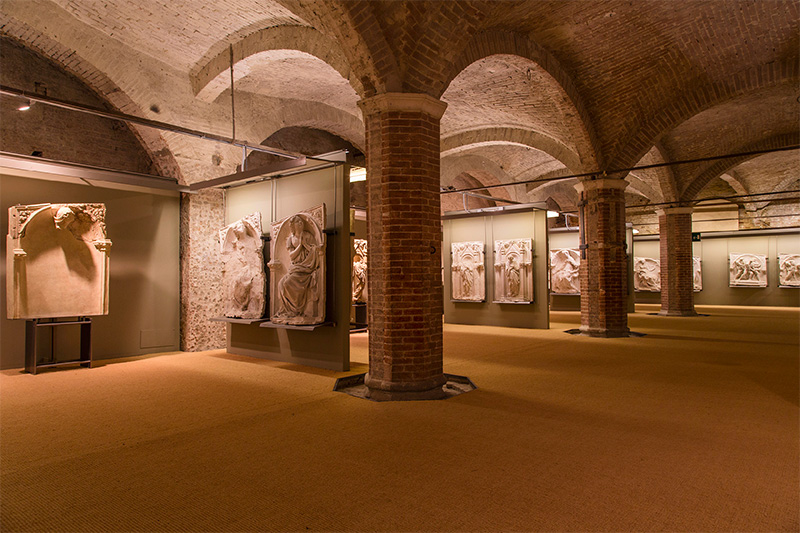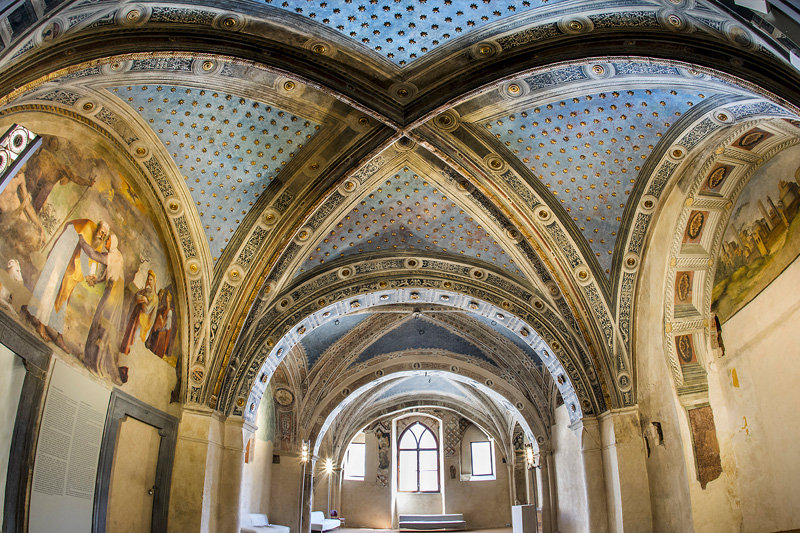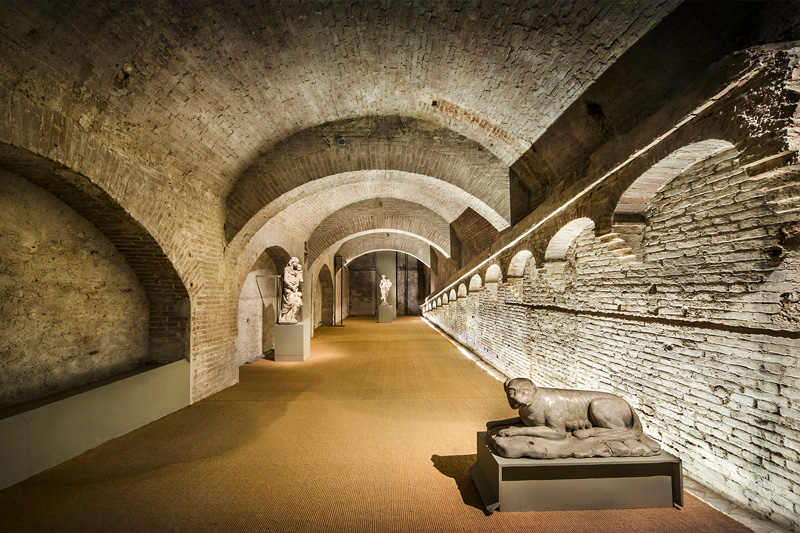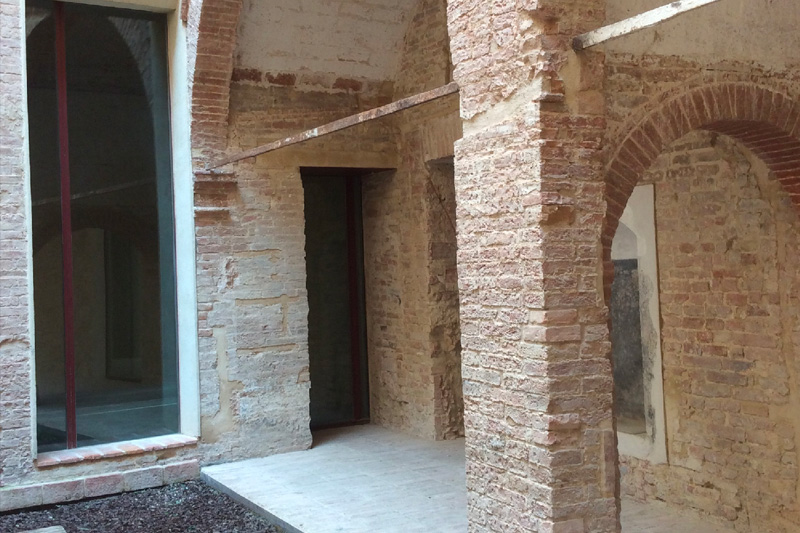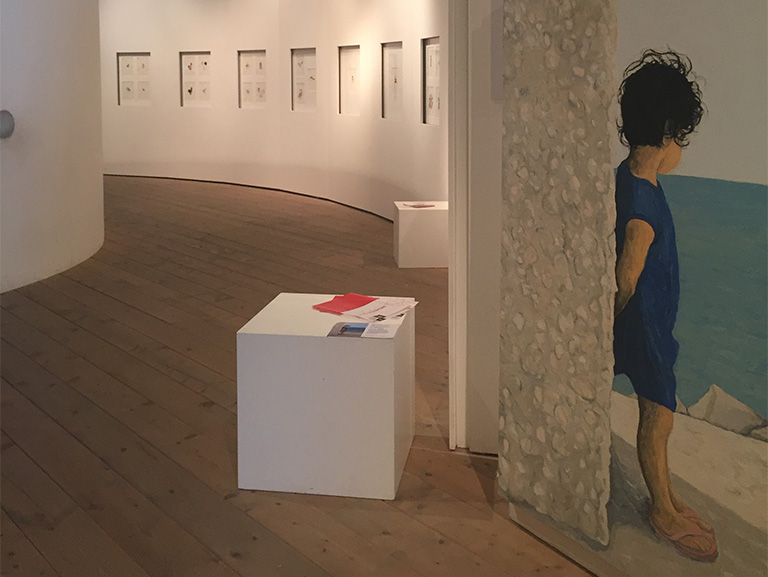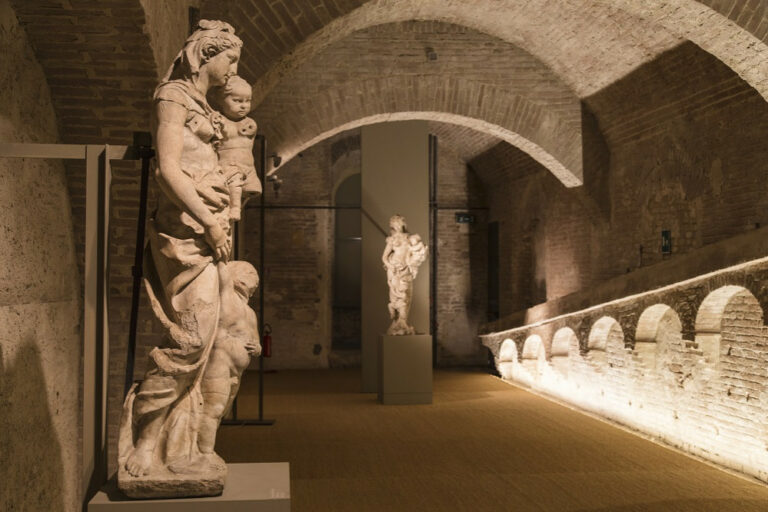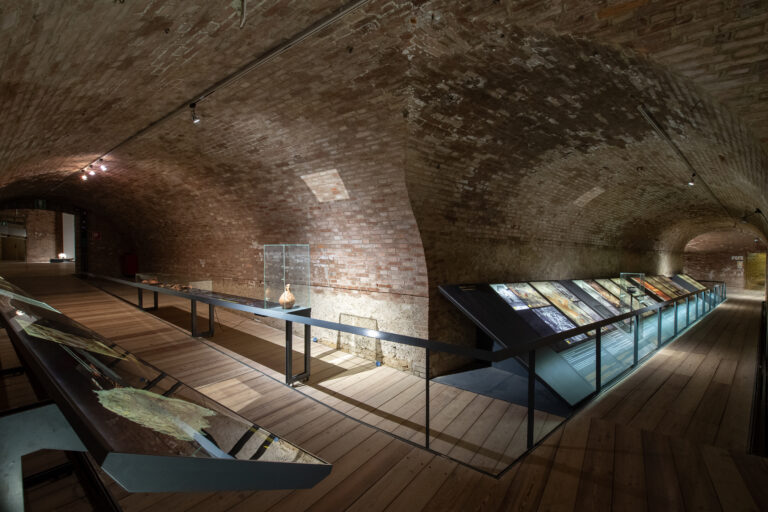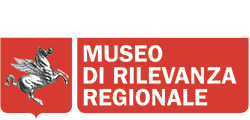Per ogni prima domenica del mese il Santa Maria della Scala apre gratuitamente al pubblico. Un’occasione per visitare il complesso museale e
- Home
- Collezioni
- Mostre
- Eventi
- Info Visita
- Column 2
- IndirizzoPiazza Duomo 2 - Siena ULTIMO INGRESSO UN'ORA PRIMA DELLA CHIUSURA
- Esplora
- News
- Museo d’arte per bambini
- Home
- Collezioni
- Mostre
- Eventi
- Info Visita
- Column 2
- IndirizzoPiazza Duomo 2 - Siena ULTIMO INGRESSO UN'ORA PRIMA DELLA CHIUSURA
- Esplora
- News
- Museo d’arte per bambini
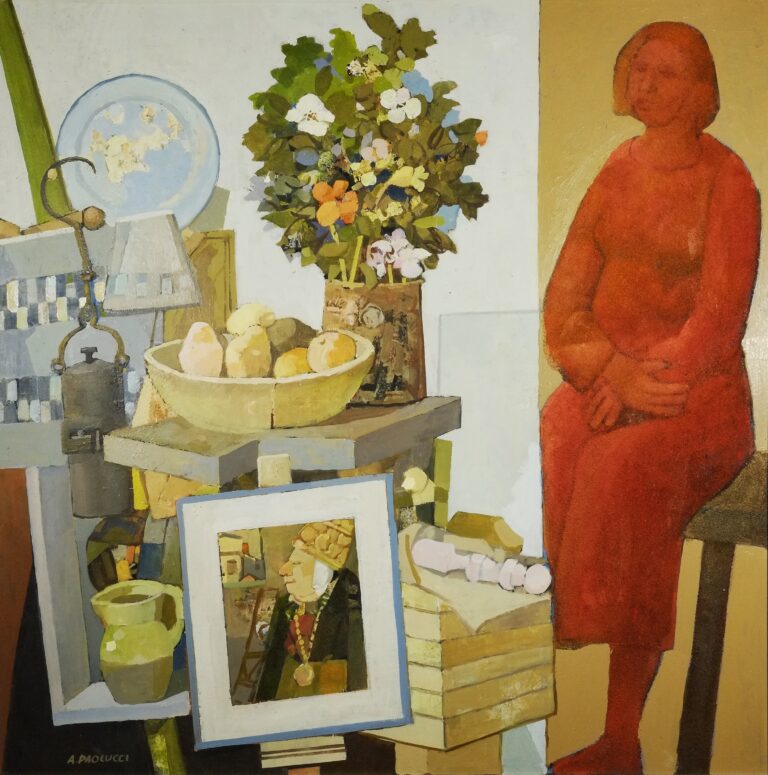
Aleardo Paolucci. 1927-2013. Tra Pienza, Siena e Roma sulle tracce di Pio II
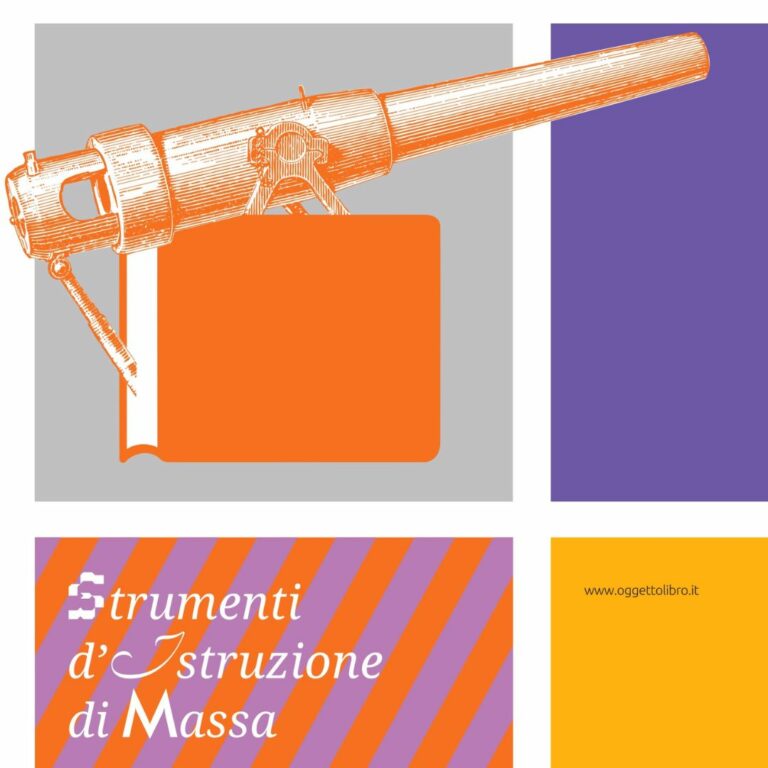
OGGETTO LIBRO. V Biennale internazionale del libro d’artista e di design – Edizione speciale Siena
Ultime News
Si avvisano i visitatori che dal 15 marzo 2024 il museo sarà aperto tutti i giorni dalle ore 10.00 alle 19.00. Per
Da oggi la visita ai musei comunali di Siena (Museo Civico, Santa Maria della Scala e Museo dell’acqua) diviene accessibile e inclusiva
Percorsi di visita
Esplora
Eventi
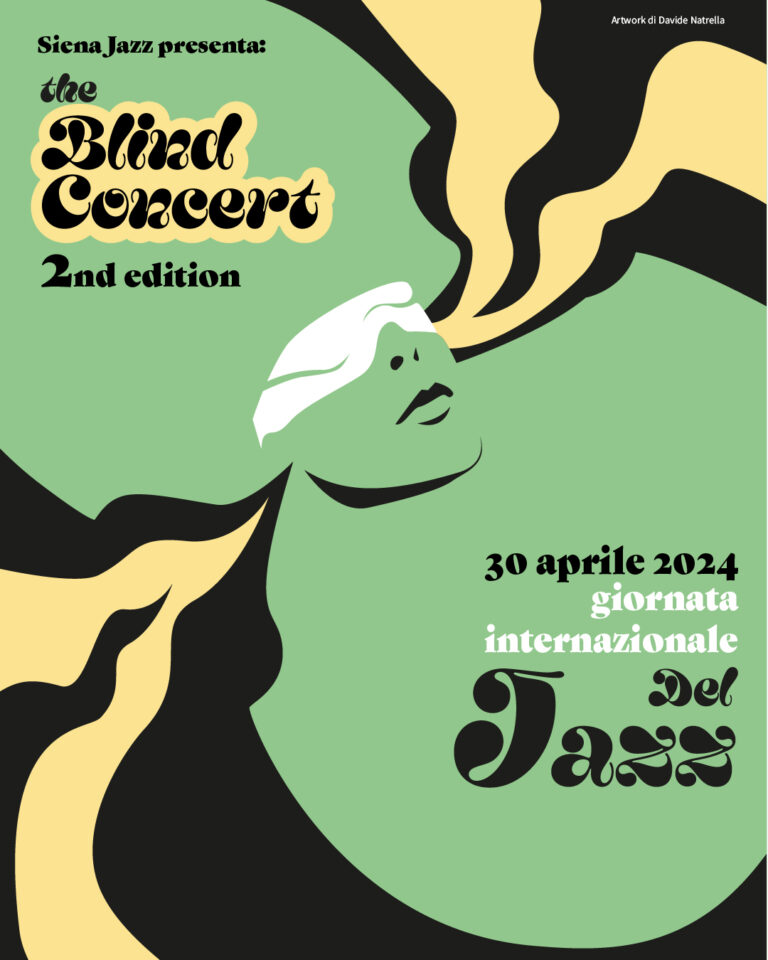
Blind Concert – Una esperienza sensoriale

Liberi di creare. Workshop sul libro d’artista
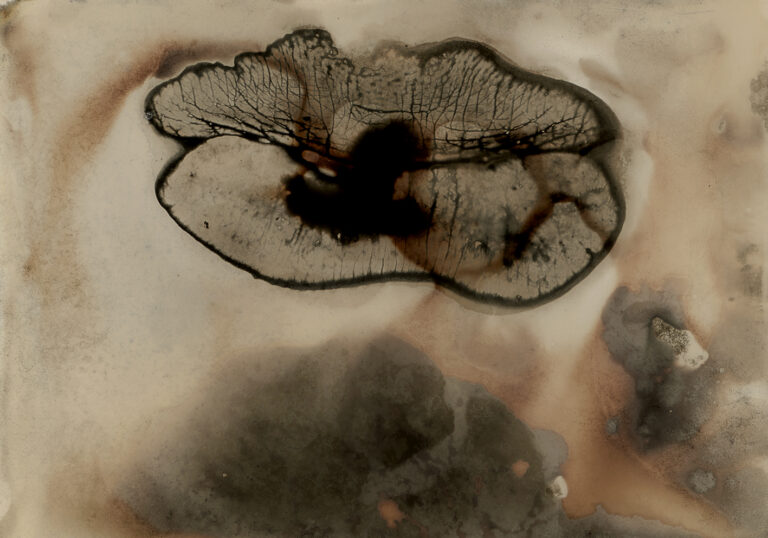
Nino Migliori: una ricerca senza fine
Complesso museale Santa Maria della Scala
Piazza Duomo 2
53100 Siena, Italia
ULTIMO INGRESSO UN'ORA PRIMA DELLA CHIUSURA
Biglietti
Intero: € 9
Ridotto: € 7 (studenti, over 65)
Ridotto scuole e gruppi: € 5
Famiglie: € 20 (2 adulti+minori superiori ad anni 11)
Santa maria della Scala
Collezioni
Visita con l'Avatar
BrainControl Avatar per il Santa Maria della Scala
Una visita destinata a quanti, impossibilitati ad essere presenti al museo, possono usufruire della tecnologia BrainControl per percorrere, grazie all’avatar guidato da remoto, gli spazi museali. L’alterego robotico, comandato da distanza in modo indipendente, conduce alla scoperta del museo e delle sue collezioni.
Gli spazi visitabili a scelta con l’Avatar sono:
RESTA AGGIORNATO

